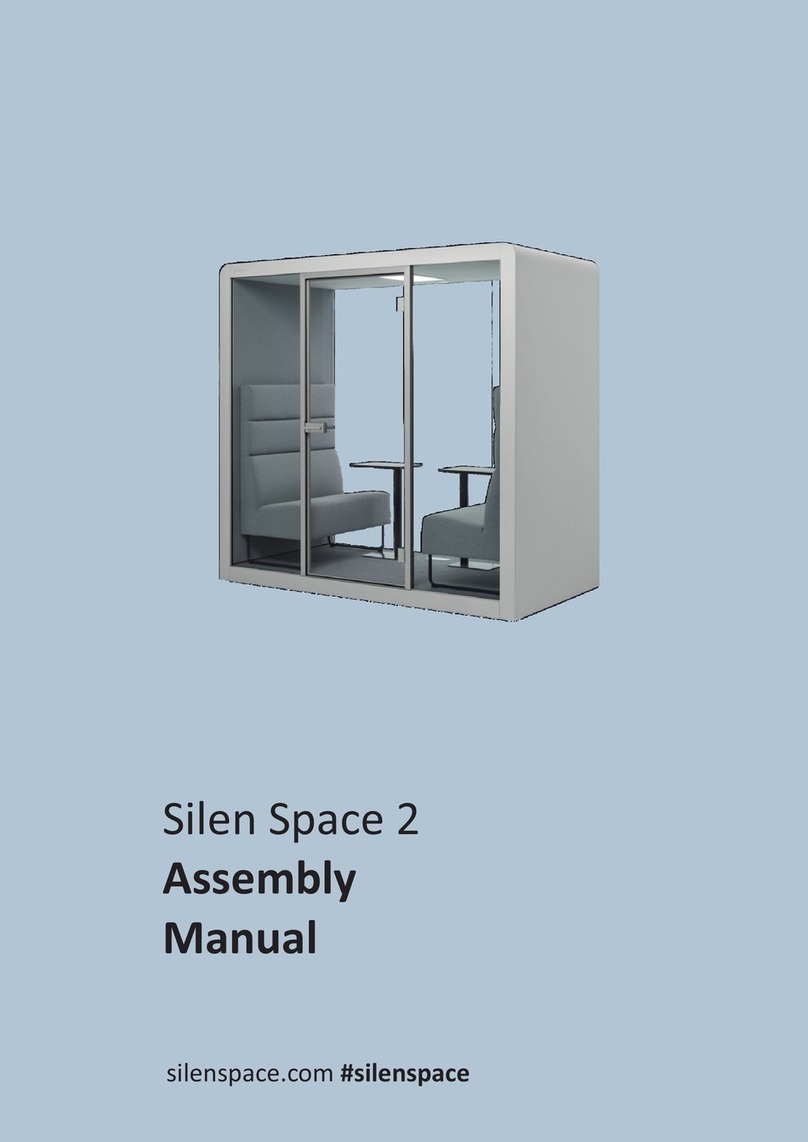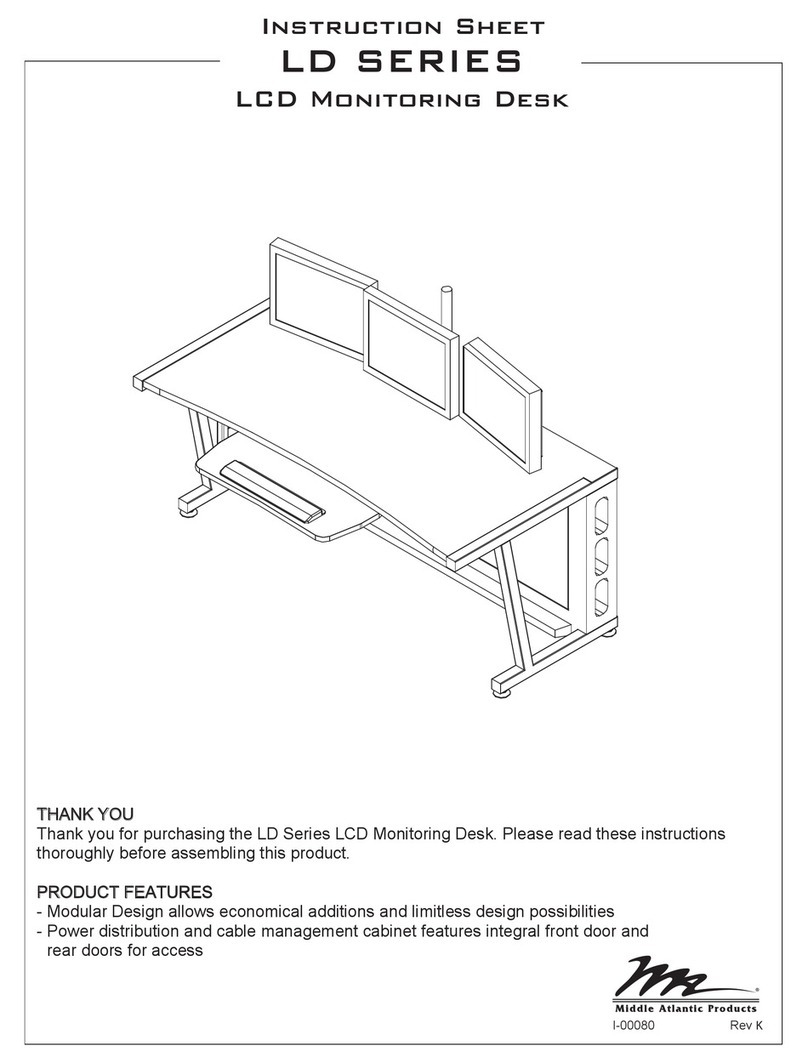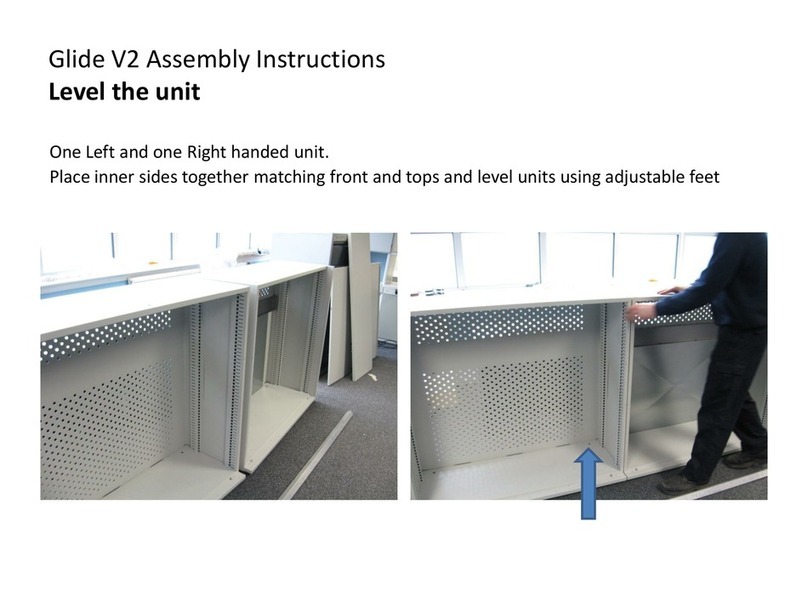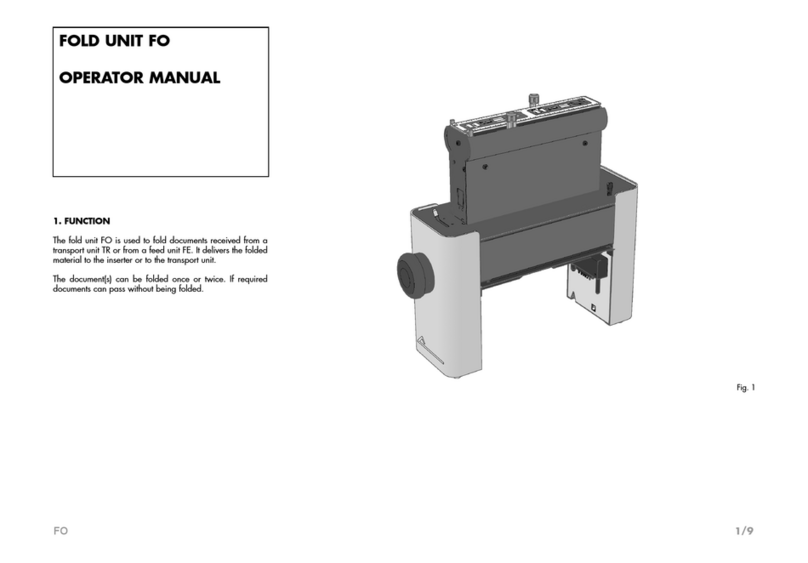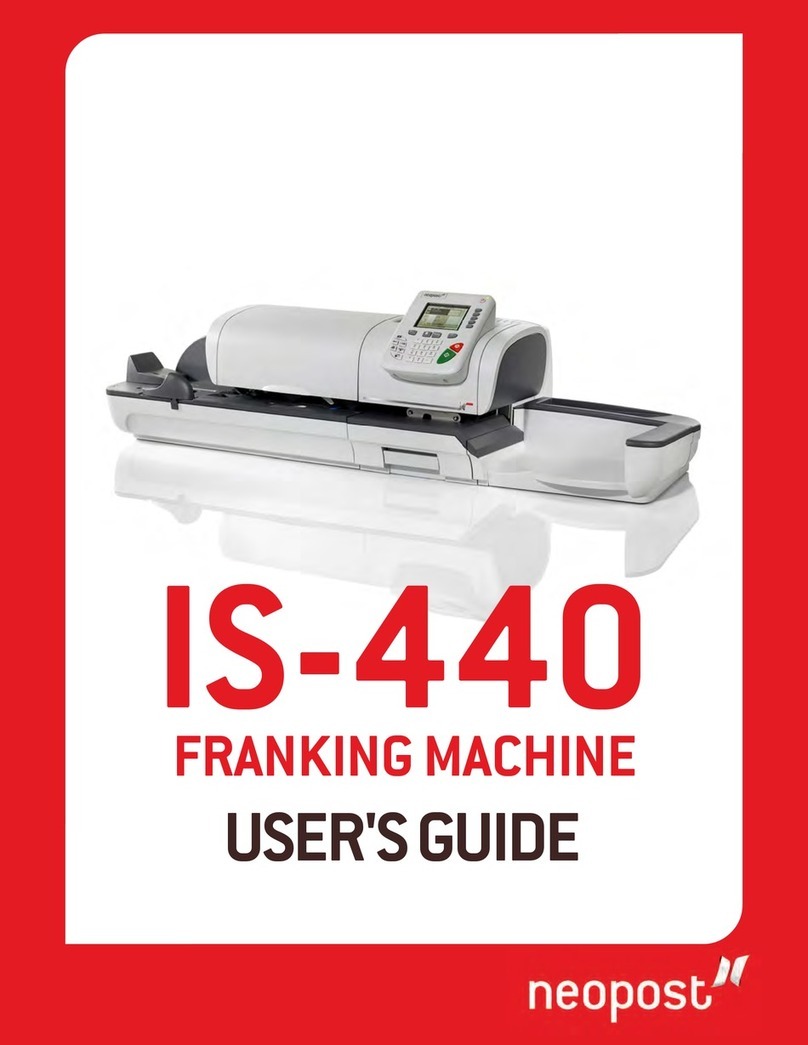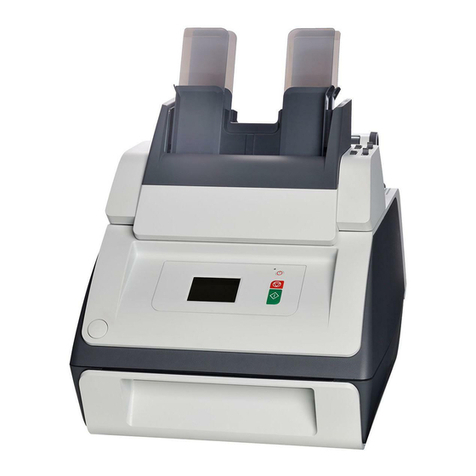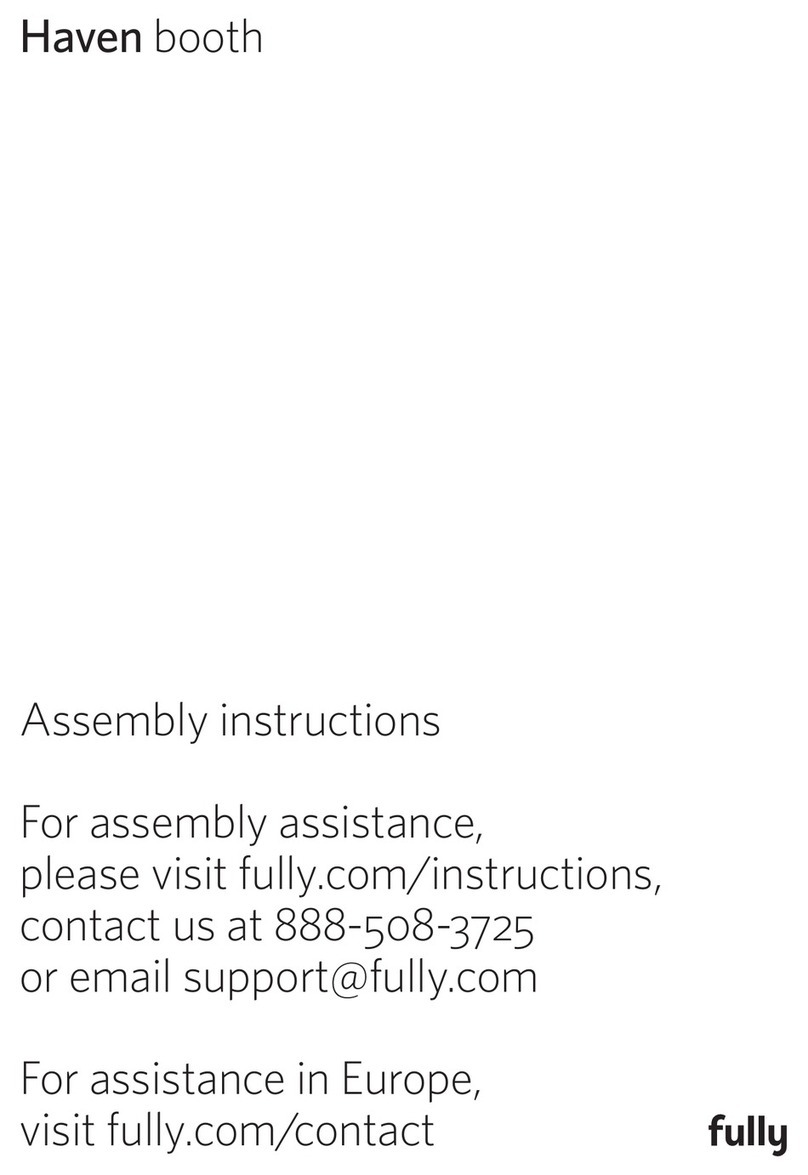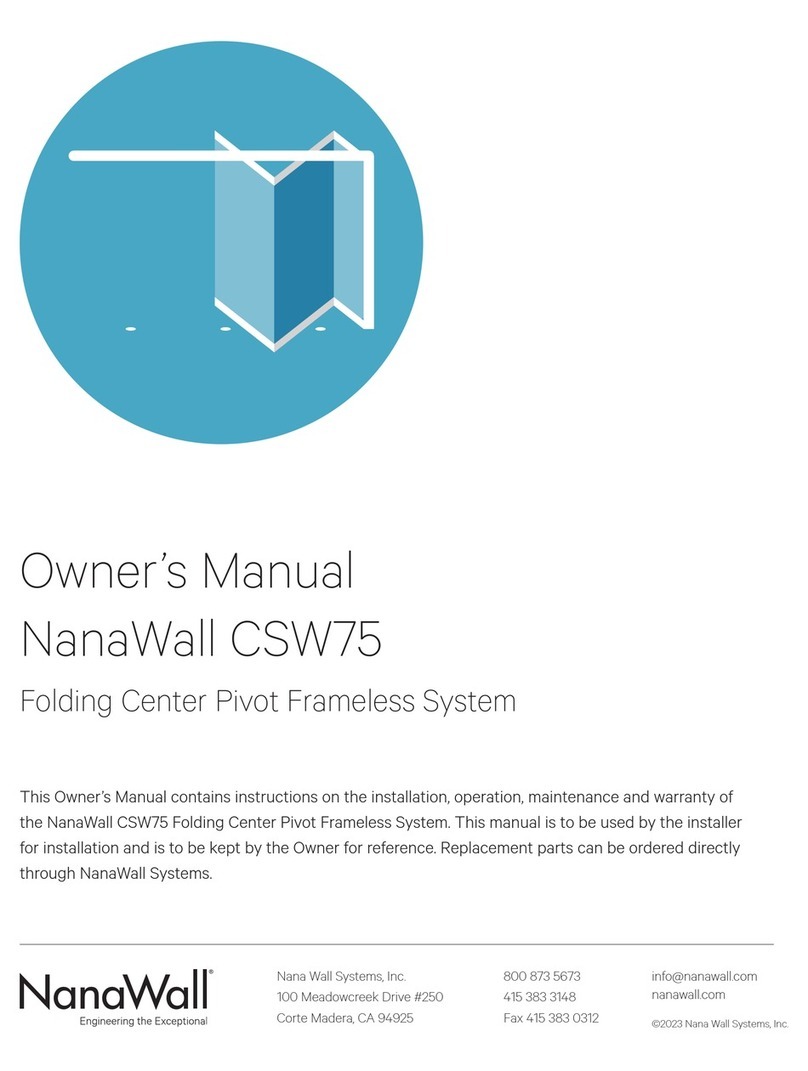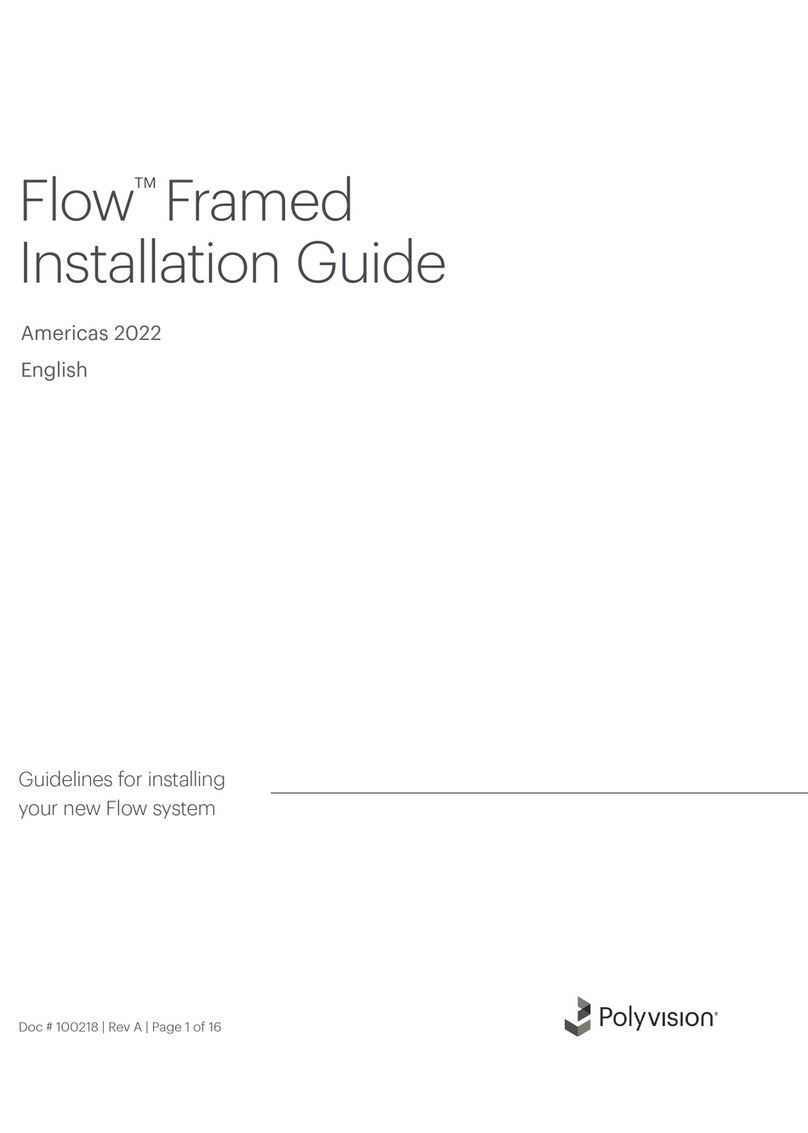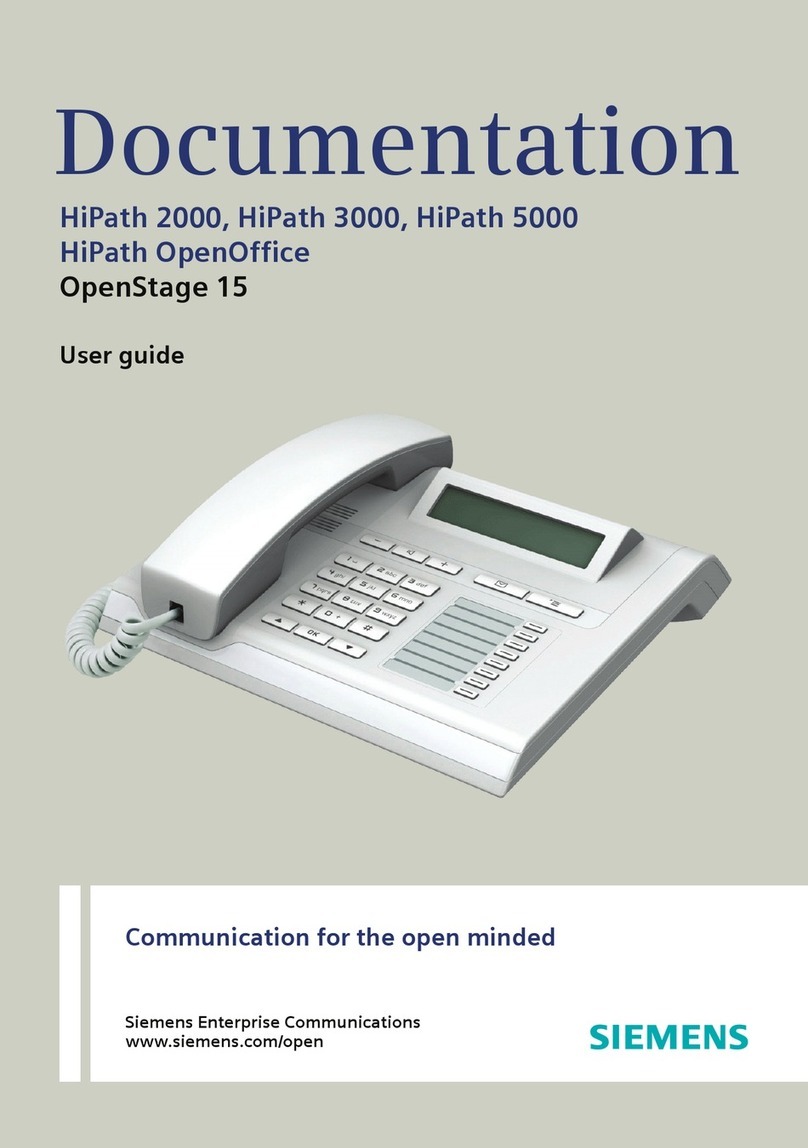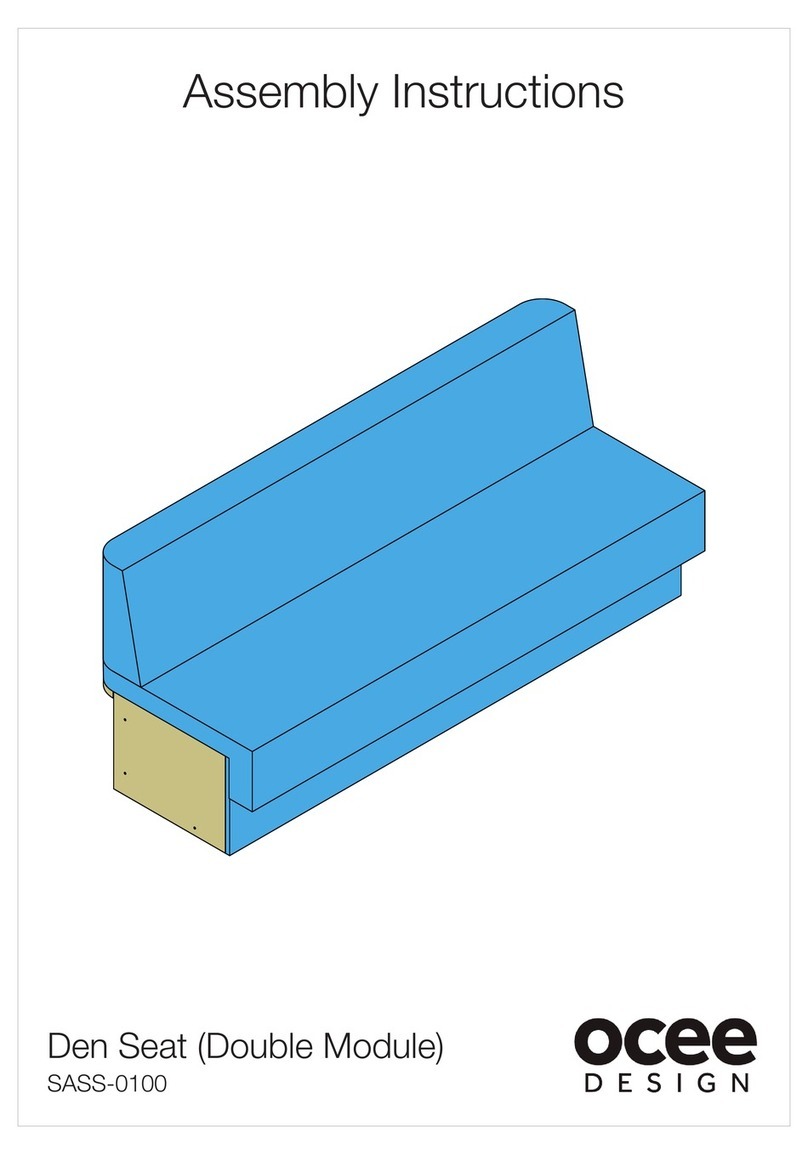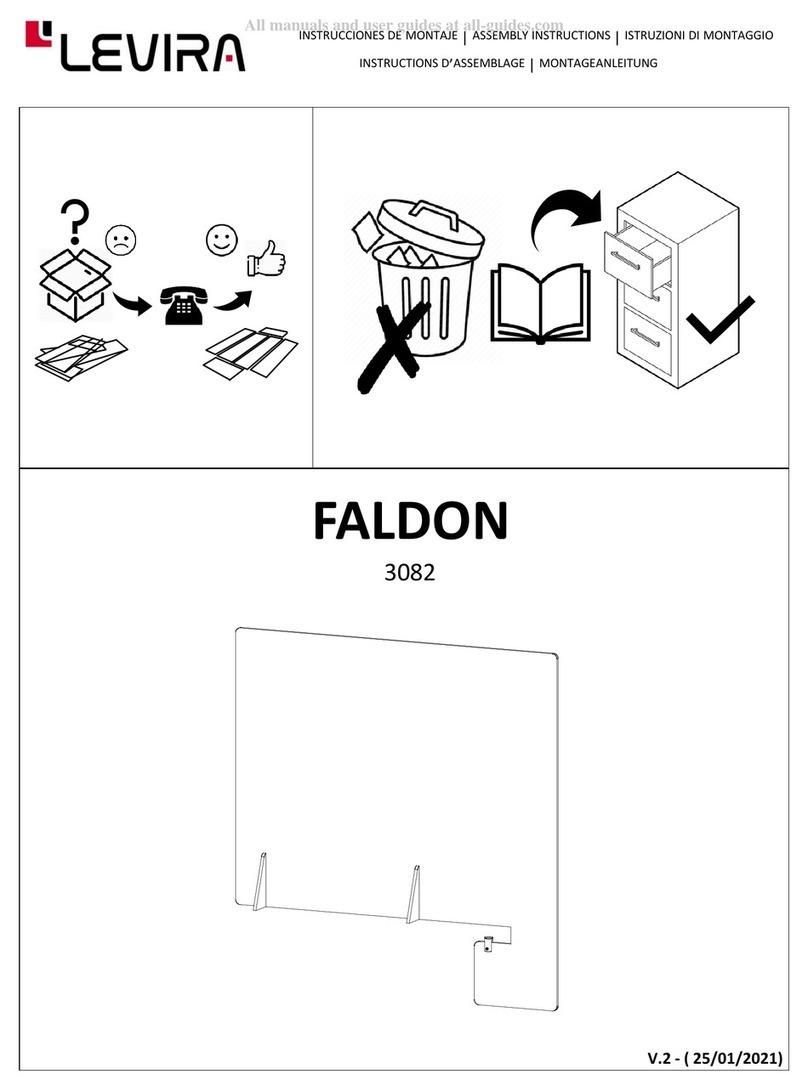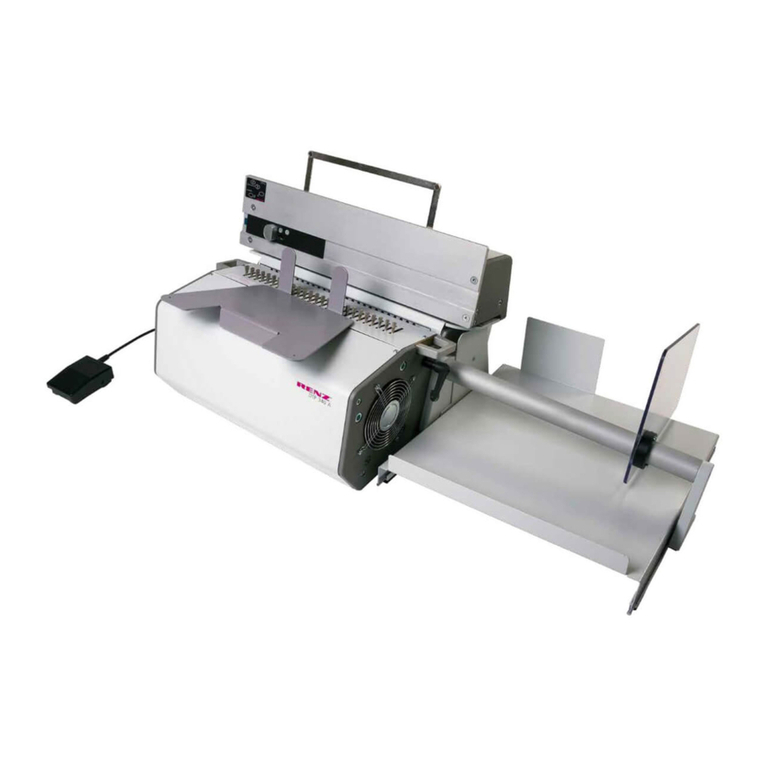9
EEC-declaration of concurrence.
We, Hadewe Neopost BV.,
De Tijen 3
9201 BX Drachten
The Netherlands
declare, entirely under our own responsibility, that
the products described in this manual, to which this
declaration relates, conform the standards of
EN 291-1, EN 292-2
EN 60950
EN 55022, EN 50081-1
EN 60555-2 and EN 60555-3
EN 294
in accordance with
The Machine Directive 89/392/EEC, modified by
the directives 91/368/EEC, 93/44/EEC and 93/
68/EEC,
The low voltage Directive 73/23/EEC, modified by
the directive 93/68/EEC,
and the EMC Directive 89/336/EEC, modified by
the directives 92/31/EEC and 93/68/EEC.
It is forbidden to put the product into use
before the equipment to which it is
connected, declared to be in accordance with
the stipulations of the Machine Directive.
9. SPECIFICATIONS
This operator manual refers to machines as from machine number 98 BZ-5049
Machine specifications
Model : LO-1 (IM 30)
Type : letter opening device for medium office use.
Overall dimensions : height 321 mm (12,6 inch)
: width 566 mm (22,3 inch)
: length 997 mm (39,3 inch)
Weight : 66 kg
Noise level : ± 68 dB(A) following DIN 45635 part 19
Theoretical max. speed : 2400 envelopes per hour, depending on mode of operation
Operating temperature : 10 - 40°C (50 - 122°F)
Humidity : 10 - 90%
Power consumption : 100 - 120 V AC / 50/60 Hz / 2.3 -3.0 Amps
220 - 240 V AC / 50 Hz / 1.2 -1.5 Amps
Approvals : conforms to IEC 950 and derivatives
UL listed ITE, File E153801
BS EN60950, File SM11322
Envelope specifications minimum maximum
width : 140 mm (5.5 inch) 260 mm (10.2 inch)
length : 85 mm (3.3 inch) 175 mm ( 6.9 inch)
thickness : - 4 mm ( 0.16 inch)
In mixed mail applications the minimum width is 180 mm (7.1 inch)
Envelope quality : 50 g/m2200 g/m2
(13 lb Bond) (120 lb Book)
Note: this equipment has been tested and found to comply with the limits for class A digital device, pursuant to Part
15 of the FCC Rules. These limits are designed to provide reasonable protection against harmful interference when
the equipment is operated in a commercial environment. This equipment generates, uses, and can radiate radio
frequency energy and, if not installed and used in accordance with this instruction manual, may cause harmful
interference to radio communications. Operation of this equipment in a residential area is likely to cause harmful
interference in which case the user will be required to correct the interference at his own expense.
HADEWE Neopost BV, De Tijen 3,
9201 BX DRACHTEN, The Netherlands
89.38.96 index - 09/98 Specifications and design are subject to change without prior notice

